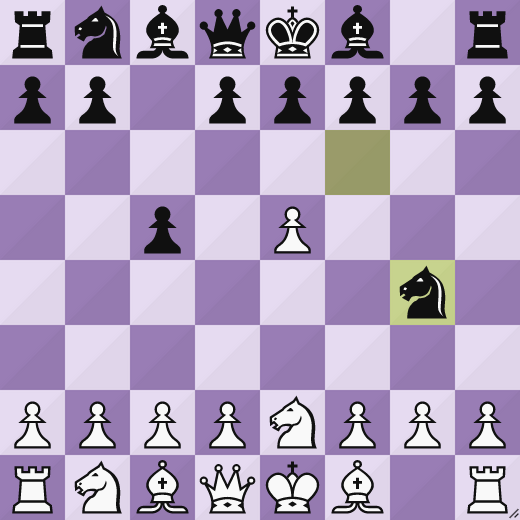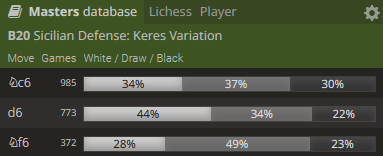#123 was actually wrong, the computer likes to exploit 1. e4 c5 2. Ne2 with 2... Nf6 giving black a -0.1 advantage
it seems like 2... Nf6 would normally be questionable if white played 2. Nf3, because of 3. e5 Nd5, but if the knight is on e2 black can play 3... Ng4 instead, threatening the pawn on e5:
after 2... Nf6 3. Nc3 the computer likes to play 3... d5 which it thinks is equal after trades
most of the players in the masters database don't seem to play this:
that's understandable given that there's hardly any downside to just playing the sicilian normally in that position (though it leaves white with a slight advantage as opposed to giving black a slight advantage)
this is not something that would get played often so i wonder if the people who do know about it were memorising every variation from a book
also worth pointing out that white doesn't play d4 most of the time because the point of 2. Ne2 is to play whatever dumb Keres opening, not just to transpose into open sicilian (though i think it's funny to do that)
i think it's pretty cool that a largely unexplored tactic would exist from a weird move on move 2

